Sri Lanka’s most visited national park, Yala is famous for its leopards. But increasingly, overcrowding in the park’s main block is ruining life for wildlife and visitors alike.
There was a time when Yala was on every wildlife enthusiast’s bucket list. Famous for having one of, if not the highest density of leopards in the world, Sri Lanka’s oldest and second largest park was the country’s ‘wildlife must see’. But today? Honestly, I’m not so sure. I first visited Yala in 2000. Back then, Yala offered an incredible wild escape. You might see the occasional jeep, maybe a few more at weekends, but that was it.
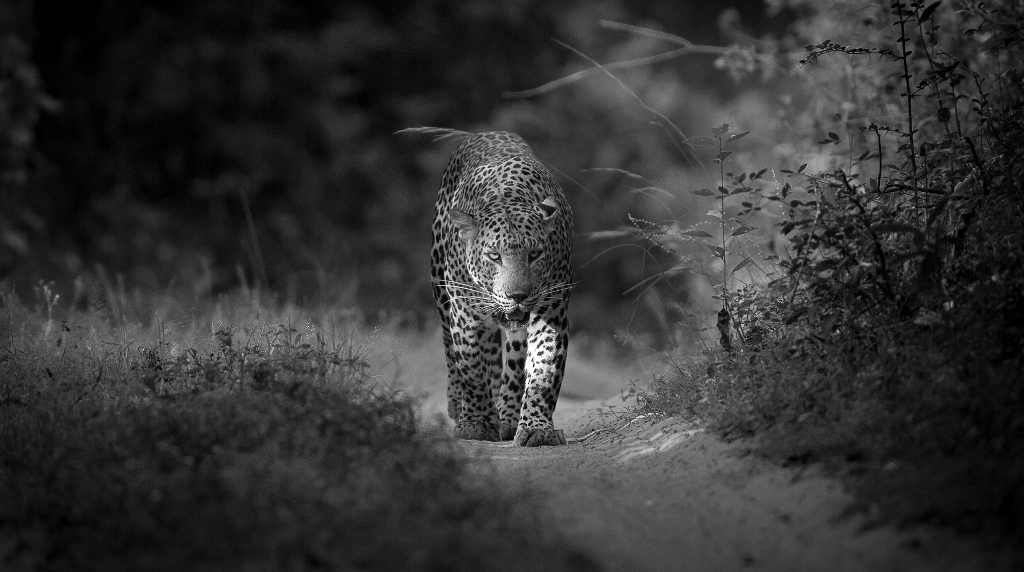
Since then, I’ve visited half a dozen times, and the changes I’ve witnessed — particularly over the past decade — are shocking. A victim of its own success, Yala’s popularity has seen visitor numbers to Block One (the park’s main block where the leopard population is exceptionally high) soar to absurd, clearly unsustainable levels. Aside from being horribly congested, this end of the park has become increasingly lawless: dangerous driving and the harassment and crowding of wildlife are now significant problems. Meanwhile, leading conservationists warn of changed animal behaviour, and a declining habitat and wildlife population.
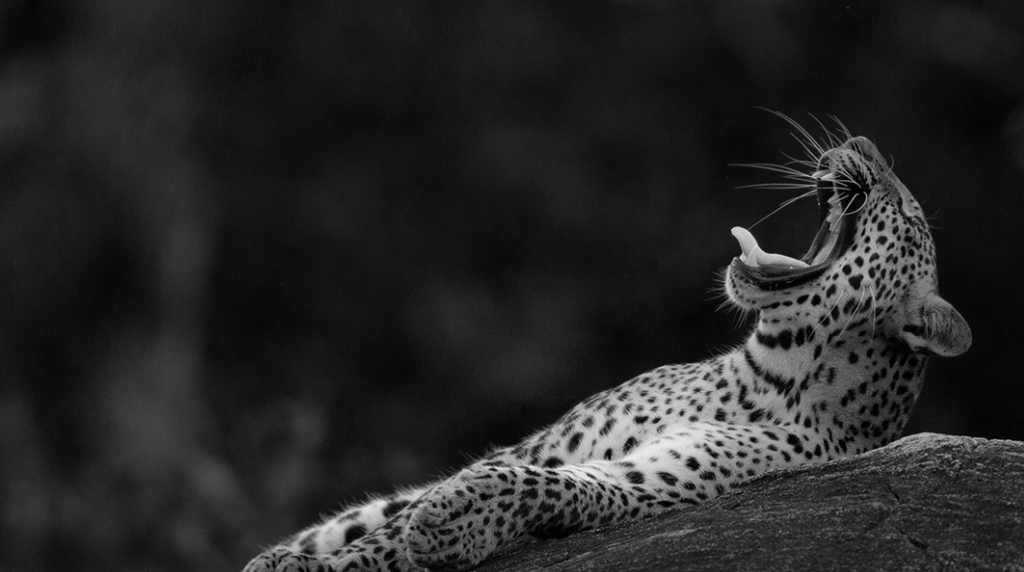
In an attempt to tame the more unruly jeep operators, from January 2024, all drivers entering Yala must have completed a day’s training and be licensed with the Department of Wildlife Conservation (DWC) OR be accompanied by a DWC tracker (guide). But while this new legislation may improve general standards, it won’t tackle the underlying issue: over-tourism.
Don’t get me wrong: Yala’s much quieter Blocks Five and Six, together with the northern end of Block One, can still deliver an unforgettable, authentic safari that’s right up there with the best that Sri Lanka can offer. But you must plan your Yala visit carefully, travel with a reputable safari outfit, and avoid the hotspots. Because if you don’t, Block One can feel like the M25 motorway meets London Zoo.
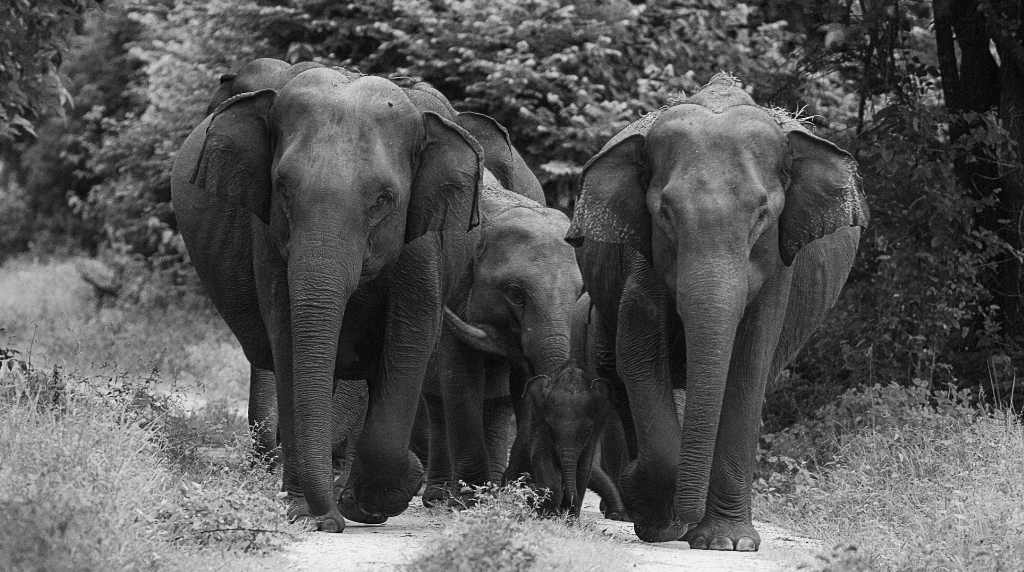
So, how do you solve a problem like Yala?
To get the inside track, I visited Block One with naturalist Indika (Indy) Nettigama last October. Co-owner of Ceylon Wild Safaris, one of Sri Lanka’s premier sustainable safari camps, Indy knows the park and its issues intimately. Renowned as the park’s prime zone for both leopards and overcrowding, the last time I’d visited Block One, I’d had to queue for ages to get in its main Palatapuna gate in the south. But on this morning, despite arriving at 6am — Yala’s ‘rush hour’ — we sailed straight through.
What struck me instantly was how quiet this northern side of the block was. Gone were the crazy queues and constant sightings of other jeeps (although we did have to pull up to let elephants pass). Only when we saw a leopard did things take a downward turn, but more of that later. Instead, we spent the early morning exploring in peace, watching wild boar and spotted deer graze, land monitors stomp, and an incredible array of birdlife (think grey hornbill, peacock, scarlet minivet, yellow-crowned woodpecker, oriole, serpent eagle, crested hawk, and honey buzzard) do its thing. For a finale, a cloud of stunning butterflies enveloped our jeep like confetti. And all in just a couple of hours.
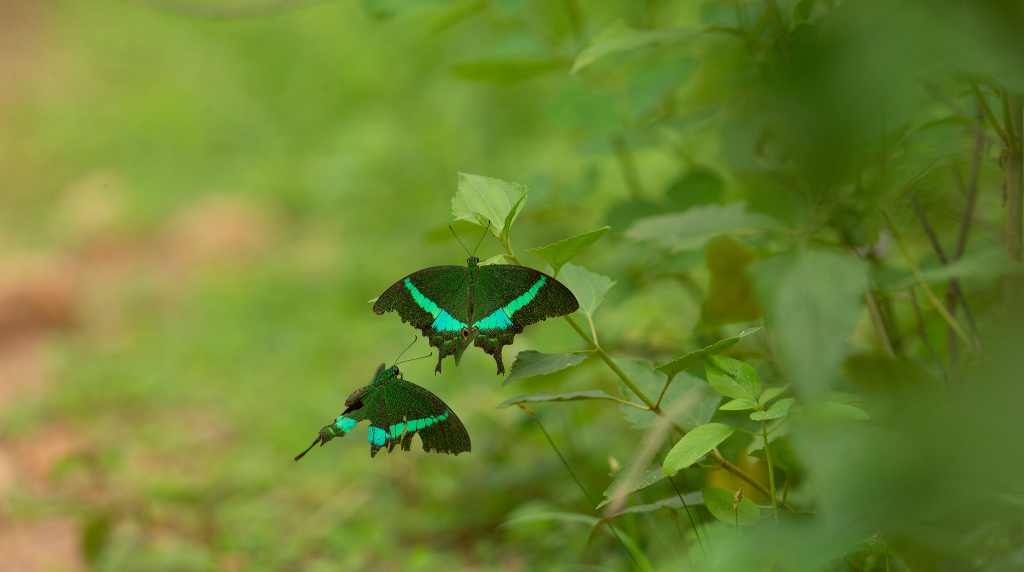
Ceylon Wild is an easy 25-minute drive from Katagamuwa. By 9am, we were back at camp, tucking into a breakfast of egg hoppers, curry, and fruit salad. Between mouthfuls, I asked Indy how we’d managed largely to avoid Yala’s infamous chaos.
“We still went to Block One, but to the northern side through the Katagamuwa gate. That area is much quieter because it’s far from the main Palatapuna entrance.”
“So, what’s the problem with the Palatapuna gate?”
“There are too many vehicles, because all the hoteliers are from that southern side. The main hotels have huge room numbers, so that area get really crowded. On a normal day, you’ll see 200-300 jeeps entering from Palatapuna, but only maybe 20 jeeps from the Katagamuwa side,” Indy explained.
“And how high can numbers get in peak season?”
“Now, it’s capped at six hundred vehicles, but previously, you got more. On one day more than 1,000 vehicles entered the park. It’s ridiculous,” exasperated, Indy rolled his eyes.
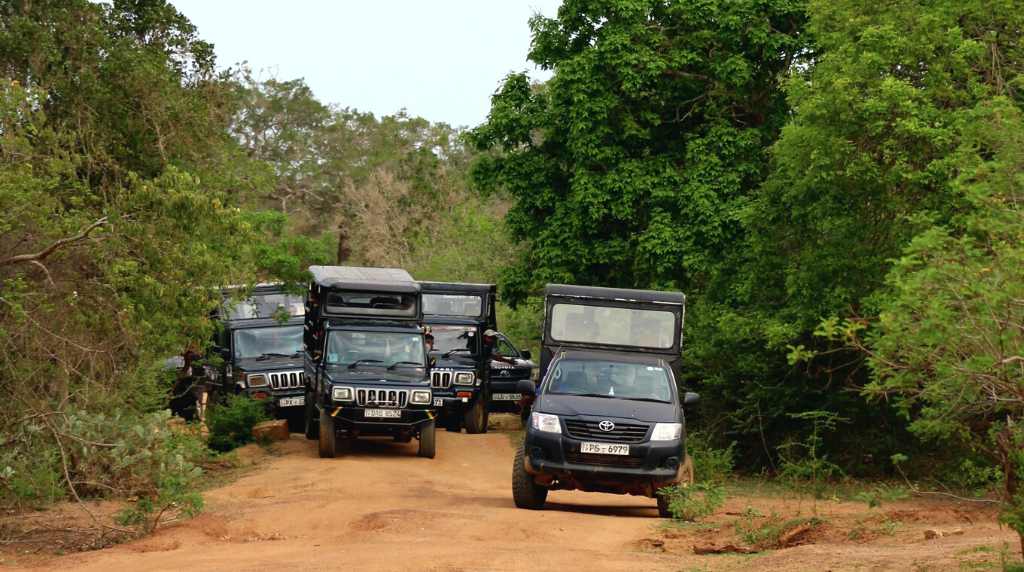
Yala needs to cut vehicle numbers further
Attempts to reduce vehicle numbers further have failed due to intense lobbying by Yala’s 700 or so jeep drivers. But 600 jeeps in one day still seemed way too many… and my idea of hell. So, I asked Indy what he thought the limit should be for wildlife and visitors to truly benefit.
“Around 100-200 jeeps, max — but ideally, 40-50.”
Struck by the vast difference between reality and Indy’s dream scenario, I queried whether closing the park one day a week might give the animals some respite. But Indy was adamant this would do more harm than good:
“Bringing safari vehicles into the park makes it safer for wildlife — because as soon as Yala closes you get lots of issues with poachers.”
“Even for one day a week?” I asked.
“Maybe if you did it randomly. But the poachers would still find out quickly because many locals work inside Yala,” Indy explained.
“So, what would your message be to the relevant government departments?”
“I have a few suggestions. Firstly, send a tracker from the Department of Wildlife Conservation (DWC) out with every vehicle. That way, you can create new job opportunities AND charge visitors more because the experience will be much better. So, you can cut vehicle numbers but still bring in the same revenue — maybe more — but the impact on the park will be less.”
“Would that help reduce the impact on every level, including, say, the pollution?” I ventured.
“Yeah. It would help with lots of things, even the roads. We have to use Michelin tyres in the rainy season, and the roads get wasted. Cut vehicle numbers, and the roads will need less maintenance, which will save money.
“Next, the park needs to bring in new technology, like GPS tagging for wildlife and communication radios, so drivers know where the animals and crowds are and don’t feel pressurised to rush to sightings,” Indy continued. “Then get an advanced booking system with an information guide, so visitors can add their requirements of what they do and don’t want to see before they’ve even arrived. That way, you wouldn’t have to drive around so much; you could just head to the wildlife and places guests actually want to see. That would control vehicle numbers, speeding, traffic, the crowds at sightings…”
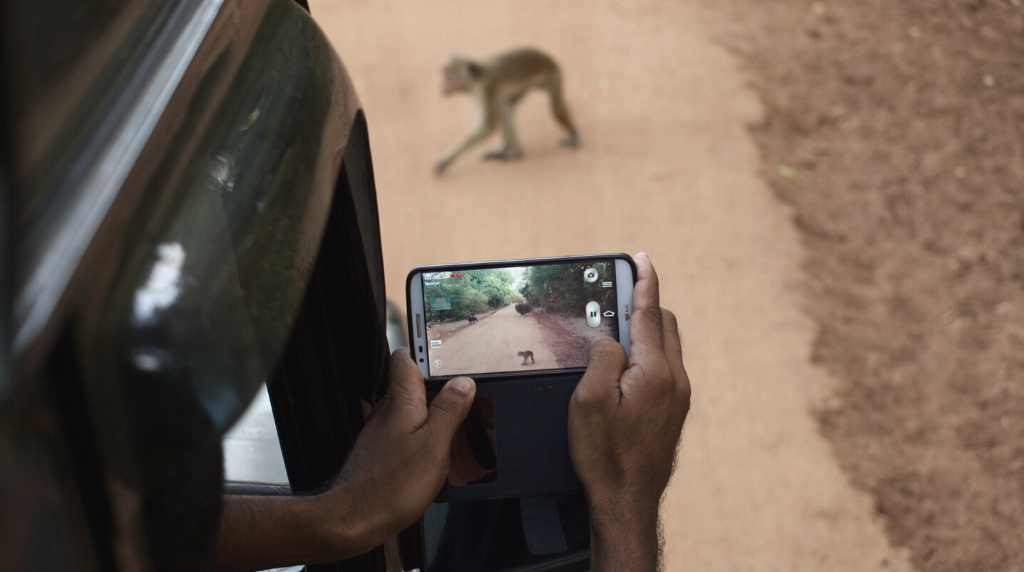
Yala’s tourists must play their part, too
Yala’s leopards attract the biggest audiences, but any big game is fair game. The jeep drivers share intel by cell phone, so convoys quickly descend on any ‘newsworthy’ creature spotted. With speed limits and safe viewing distances abandoned, accidents involving wildlife and/or other vehicles are not uncommon. Visitors undoubtedly have a part to play in calling out unacceptable behaviour and reporting it to the park authorities. Yet in their quest for prime sightings, some even offer drivers and trackers big tips/bribes to break the safety rules.
Even in the block’s quieter northern end, we’d chanced across a leopard surrounded by a swarm of jeeps from Palatapuna. Had we spotted the cat earlier, we’d have had an hour or so’s quiet viewing time before the hordes arrived. Instead, with the air thick with the smell and sound of diesel engines, we’d quickly moved on.
“I don’t think anywhere else in the world compares with Yala in terms of the density of leopards,” Indy told me. “Ceylon Wild is part of a small leopard project; in the past ten years, we’ve identified 148 individual leopards. At any given time, I’d say there are about 80 to 100 leopards in an area of 14,500 hectares [56 miles²]; it’s amazing! And because they are Sri Lanka’s apex predator, they’re relaxed and habituated to visitors. But they still don’t like crowds.”
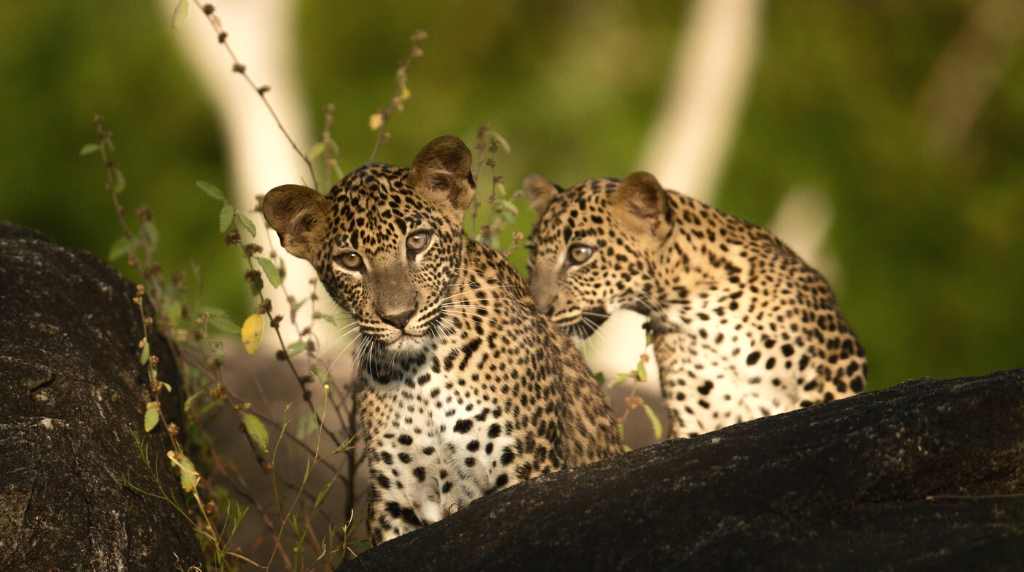
“Do you think a lot of visitors don’t want to be part of those crowds?” I asked.
“For sure. Lots of my guests aren’t that interested in leopards. They’d rather see, say, elephants or the incredible birds. But some other drivers assume their guests want to see leopard — maybe they don’t speak the guest’s language — and so they queue for ages to see one, when that isn’t what the guest wants.”
Yala became a national park in 1938 but has been a designated wildlife sanctuary since 1900. Sri Lanka’s history of nature conservation dates back thousands of years (it’s believed the country’s first wildlife reserve was created around the 3rd century AD). Today, more than 10% of the island is taken up by its 26 national parks… so it’s all the more infuriating that Yala’s problems persist.
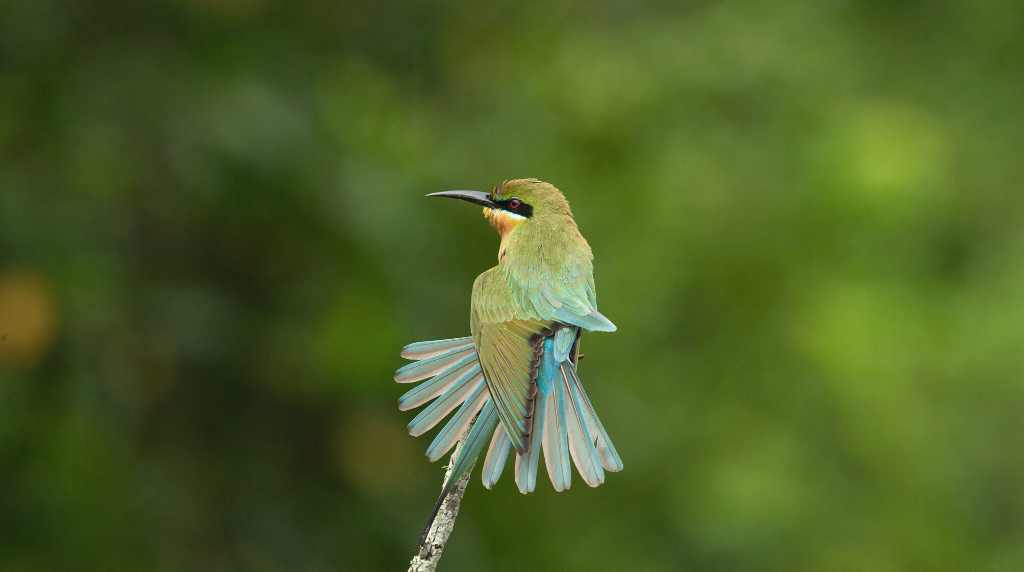
Like Indy, many Sri Lankans working within eco-tourism, conservation, and the national parks, agree that Yala’s Block One is a disaster in the making. These experts have the know-how and desire to put matters right. What’s missing is the political support. Countless people rely on Yala for their livelihoods. Many, like the hoteliers and jeep owner/drivers, are heavily invested in the park’s crowd-pulling power. Balancing Yala’s economic and environmental needs will be challenging, but the park needs brave, forward-thinking politicians to help ensure its long-term survival.
Increasingly, foreign travellers wishing to travel responsibly are giving Yala the thumbs down. Deeply uncomfortable with what they’ve witnessed (or seen on social media), they’re choosing to visit unspoilt National Parks, such as Willpattu or Gal Oya. Without political intervention, there will come a point when wildlife and conscientious visitors say, “Enough is enough” and vote with their feet. And then who will be left to pay the bills?
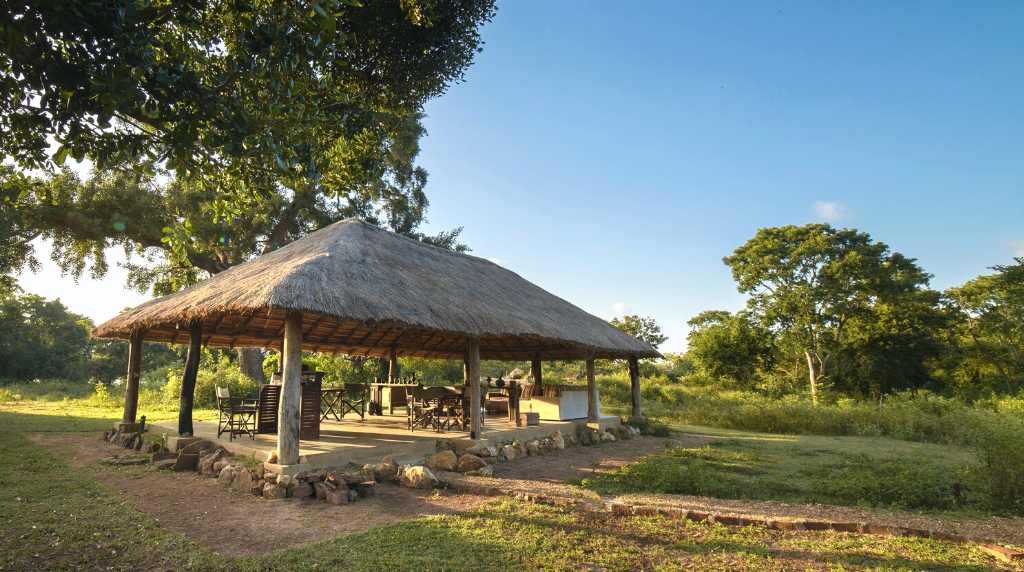
Ceylon Wild Safaris
Owned, run, and operated by passionate naturalists, this is a great choice for safari enthusiasts. Hidden in the buffer-zone jungle of Yala’s western edge, the camp is rustic enough to feel suitably ‘safari’, but the six spacious, swanky tents will keep even picky souls happy. Each tent has its own plunge pool, perfect for relaxing in after an early morning safari. Indy and his colleagues are stellar guides and completely devoted to sustainable tourism (ask them about their ongoing conservation projects). Plus, the brilliant location makes exploring the north of Block One and Yala’s much quieter Blocks Five and Six easy.
Experience this during a bespoke Sri Lanka holiday.
Wildlife images courtesy of Ceylon Wild Safaris
READY TO PLAN YOUR NEXT TRIP?
Please get in touch on 020 7924 7133 .
Alternatively, fill out an online enquiry form to start your journey.

